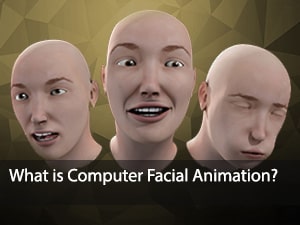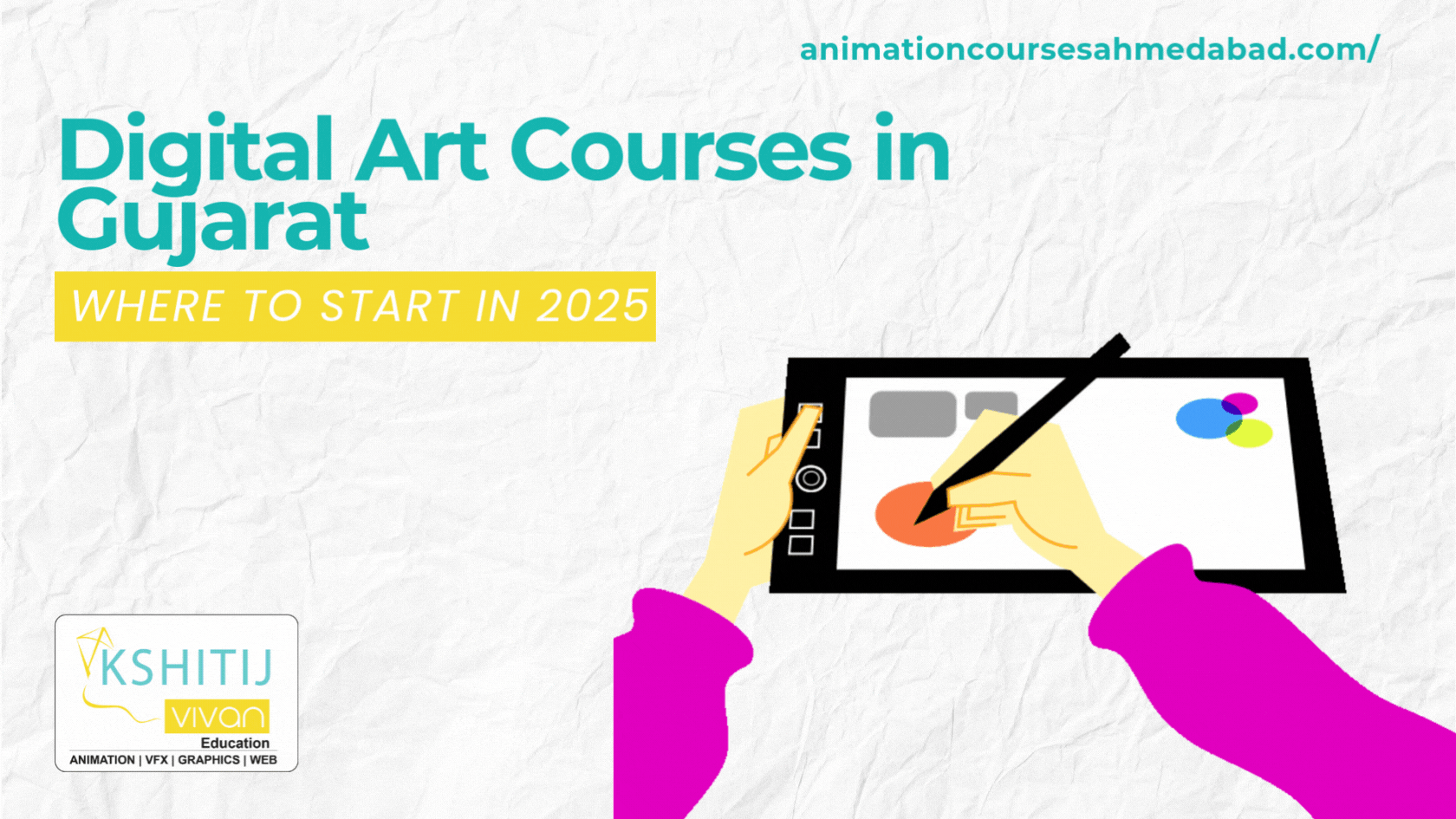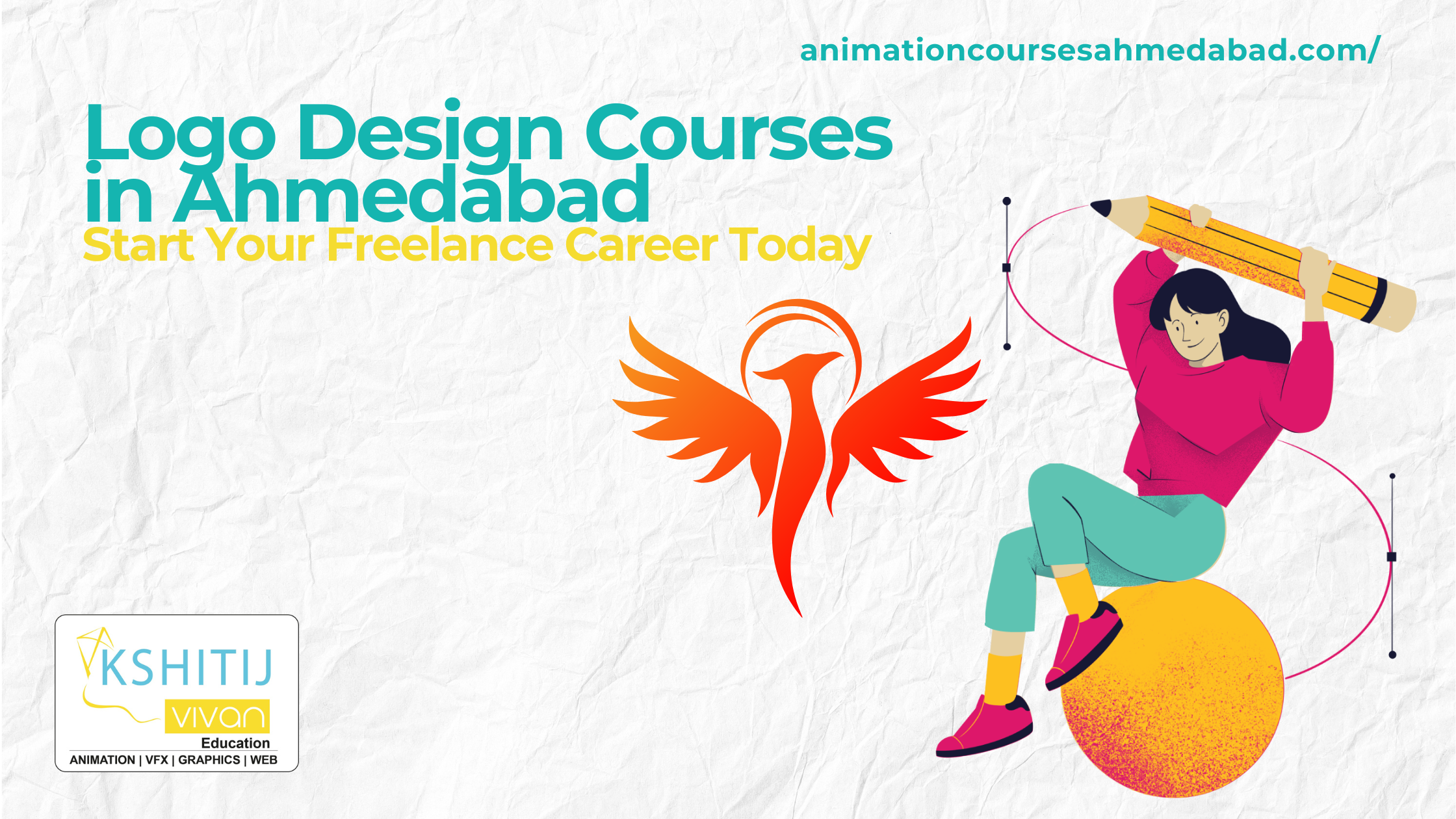
What is Computer Facial Animation?
Computer Facial Animation
This animation is primarily an area of computer graphics which encloses methods and techniques for generating and animating images.
The importance of human faces in verbal and non-verbal communication and advances in computer graphics hardware and software has caused considerable scientific, technological, and artistic interests in computer facial animation.
This animation is primarily an area of computer graphics which encloses methods and techniques for generating and animating images.
The importance of human faces in verbal and non-verbal communication and advances in computer graphics hardware and software has caused considerable scientific, technological, and artistic interests in computer facial animation.
Techniques for Generating Facial Animation Data
The generation of facial animation data can be approached in different ways:
Marker-Based Motion capture on points or marks on the face of a performer
Markerless Motion Capture Techniques
1. Marker-Based Motion Capture
Motion capture uses cameras placed around a subject. The subject is fitted either with reflectors that precisely determine the subject’s place in the area.
However, miniaturization and other advancements have made motion capture a viable tool for computer facial animation.
Facial motion capture used extensively in Polar Express by Image works where hundreds of motion points were achieved.
This film was very accomplished, and while it attempted to recreate realism, it was criticized for having fallen in the ‘uncanny valley’, the realm where animation realism is sufficient for human recognition, to move the emotional message but where the characters fail to be perceived as real.
The main difficulties of motion capture are the quality of the data which may include vibration as well as the retargeting of the geometry of the points.
2. Markerless Motion Capture Techniques
Markerless motion capture aims at simplifying the motion capture process by avoiding encumbering the performer with markers.
Several techniques came out recently leveraging different sensors, among which standard video cameras, Kinect and depth sensors or other structured-light based devices.
Systems based on structured light may achieve real-time performance without the use of any markers using a high speed structured light scanner.
The system is based on a sound offline face tracking stage which trains the system with different facial expressions.
Applying Facial Animation to a Character
The main techniques used to implement Facial Animation to a Role:
- Morph Targets Animation
- Bone Driven Animation
- Texture-Based Animation
- Physiological Models.
- Morph Targets Animation
Morph targets based systems offer a fast playback as well as a high degree of fidelity of expressions.
The technique involves modelling portions of the face mesh to approximate expressions and then to blend the different sub-meshes, known as morph targets.
Perhaps the most accomplished character using this technique was Gollum, from The Lord of the Rings.
A new technology departing from the traditional techniques begins to develop, such as Curve Controlled Modeling that emphasizes the modelling of the movement of a 3D object instead of the conventional modelling of the static shape.
2. Bone Driven Animation
A bone driven animation is very broadly used in games.
The bones setup can vary between few bones to close to a hundred to allow all subtle facial expressions.
The main advantages of bone driven animation are that the same animation can be used for non-identical characters as long as the morphology of their faces is similar, and secondly, they do not require loading in memory all the Morph target data.
3D game engines most widely support the bone driven the animation.
Bone driven animation can be used both in 2D and 3D animation.
3. Texture-Based Animation
The texture-based animation uses pixel color to create the animation on the character face.
The 2D facial animation is commonly based on the transformation of images, including both photos from still sequences of video and photography.
Image morphing is an ability which allows in-between transitional images to be generated between a pair of target still between frames from series of video.
In 3D animation texture, based animation can be achieved by animating the composition itself.
4. Physiological Models
Physiological models, such as skeletal muscle systems and physically based head models form another approach to modelling the head and face.
Here, the physical and anatomical characteristics of bones, tissues, and skin are simulated to provide a realistic appearance. Such methods can be potent for creating realism, but the complexity of facial structures make them computationally expensive and challenging to develop.
Considering the effectiveness of parameterized models for communicative purposes.
Kshitij Vivaan offers career courses in Animation, VFX, graphics, web designing & gaming for students from different cities such as Kutch and Bhuj. KSHITIJ VIVAN helps these students get the best job placements according to their skills and talents to get the best start to their Professional Careers. One of our Student (Chirayu Shah) creates this Blog.



